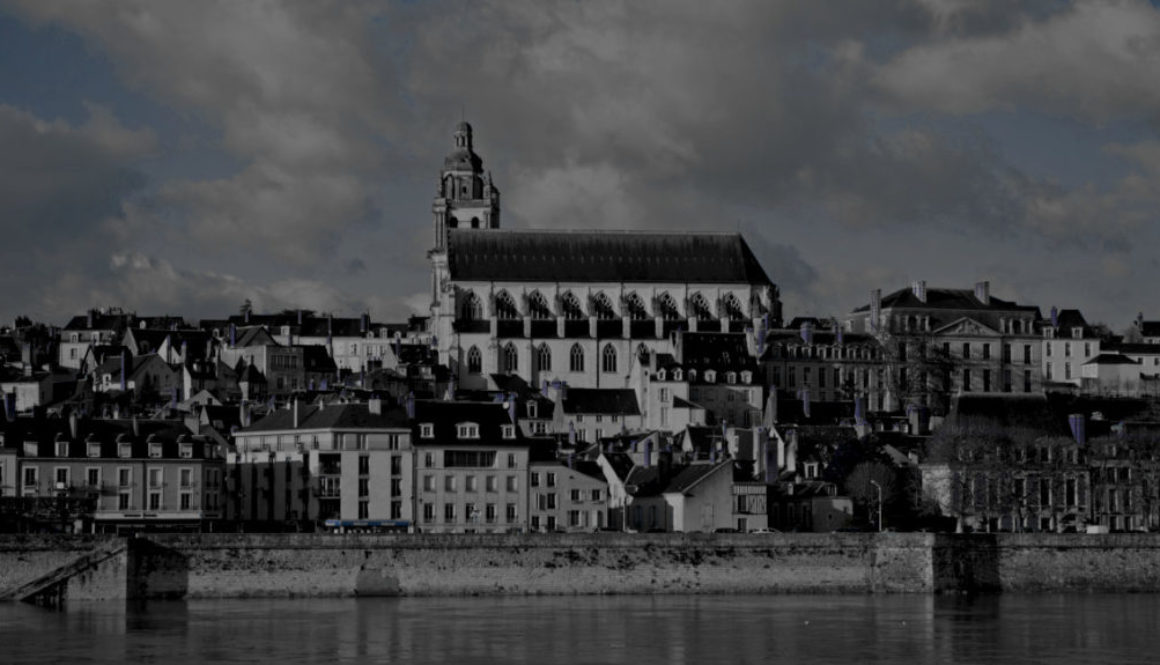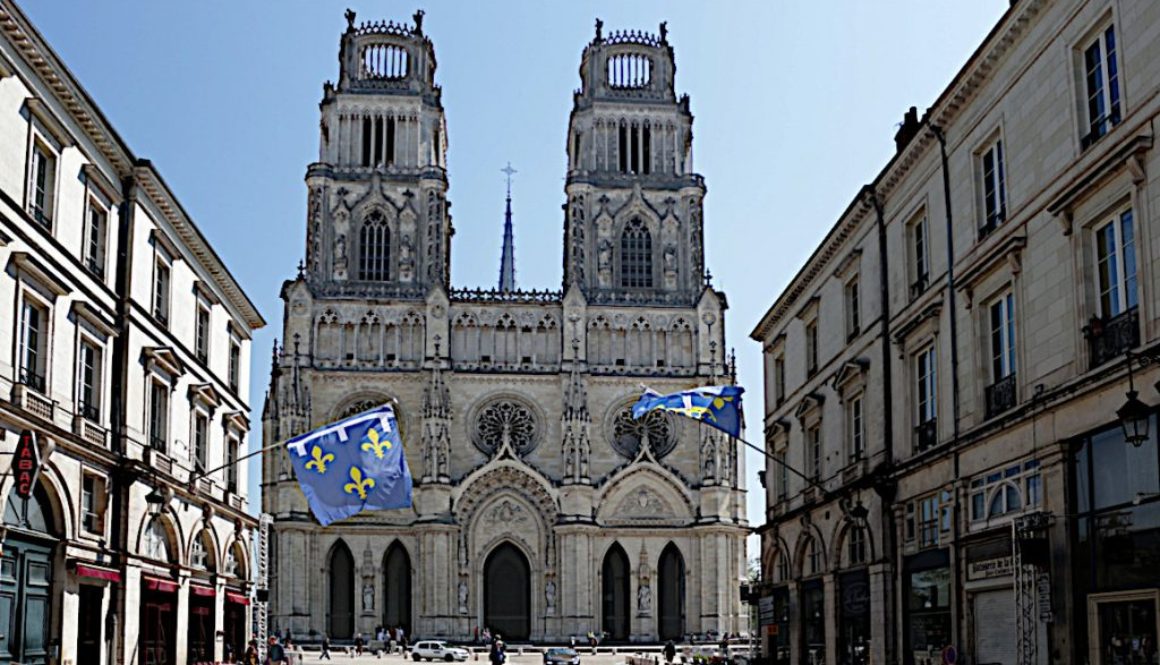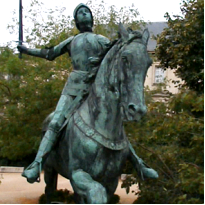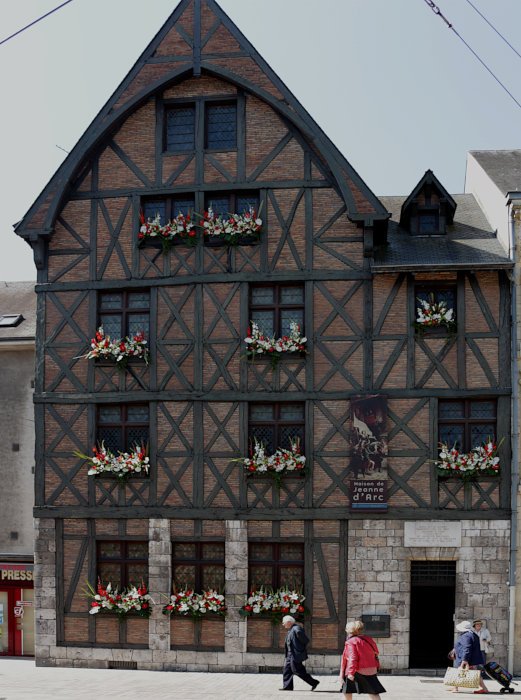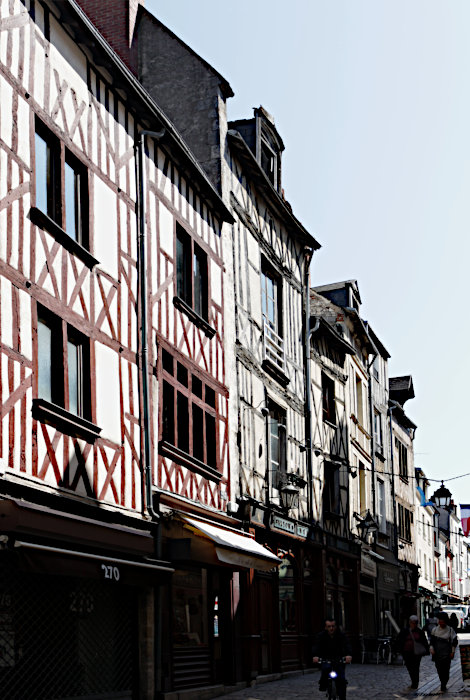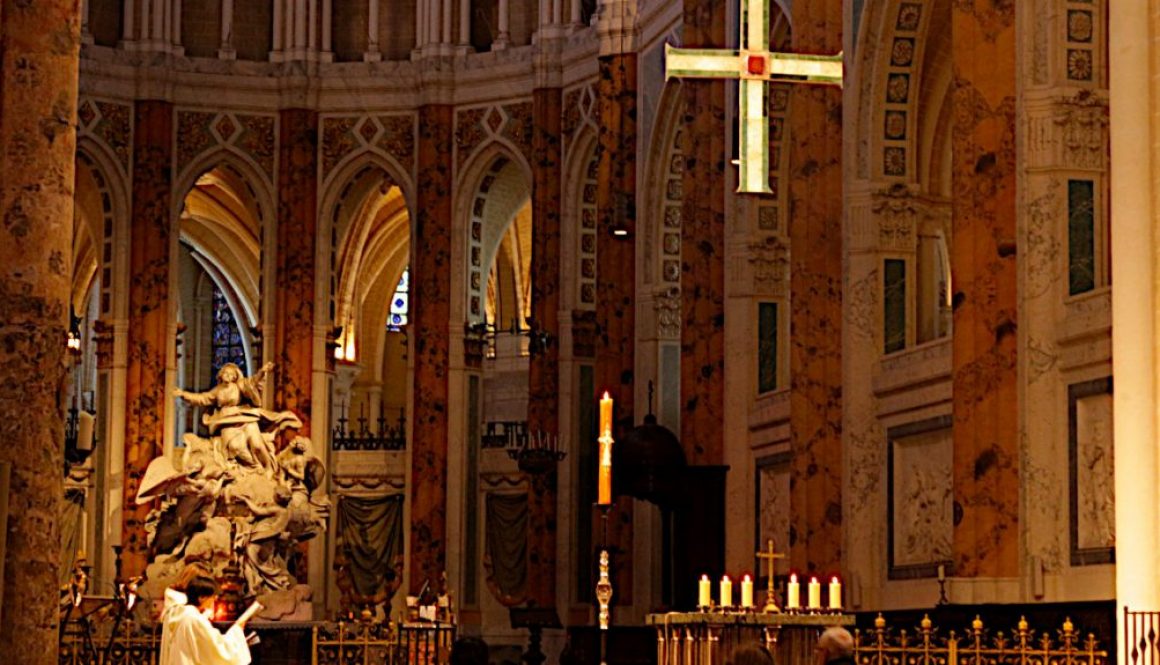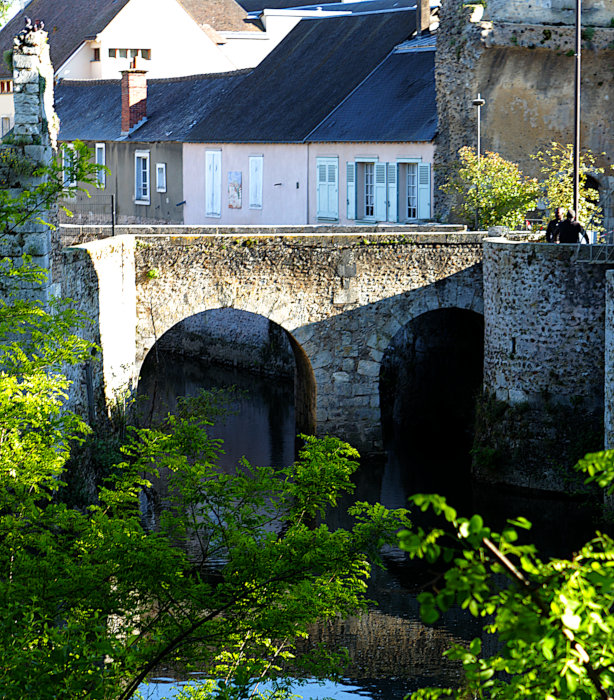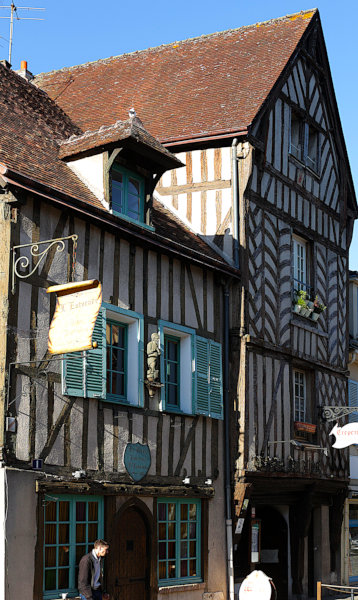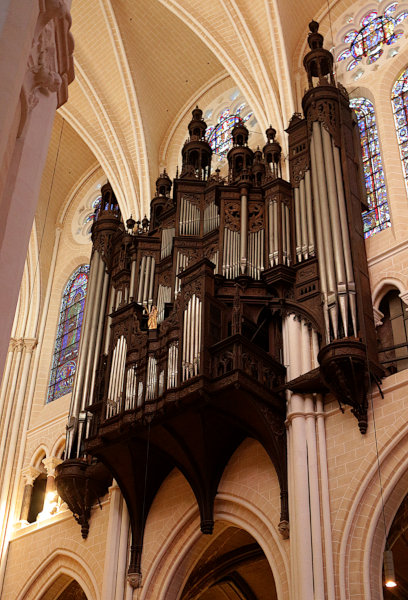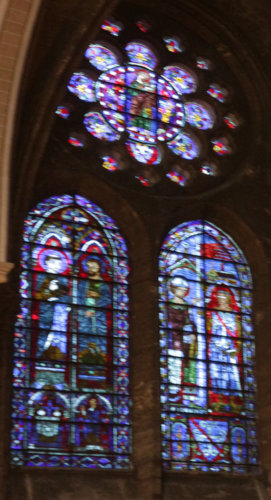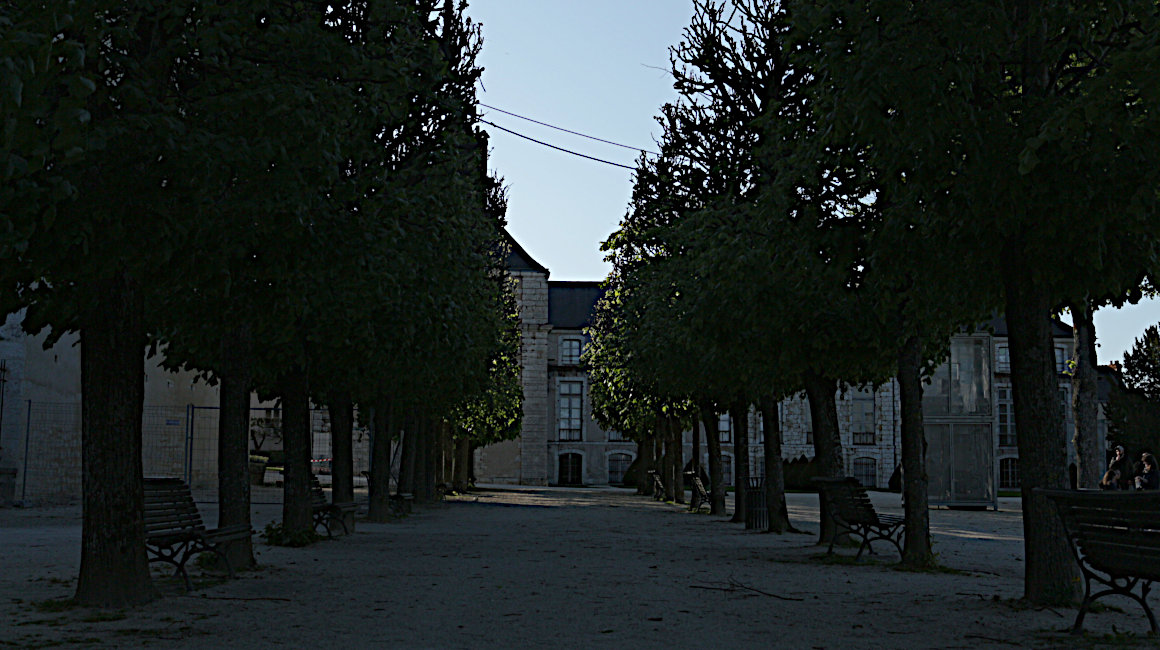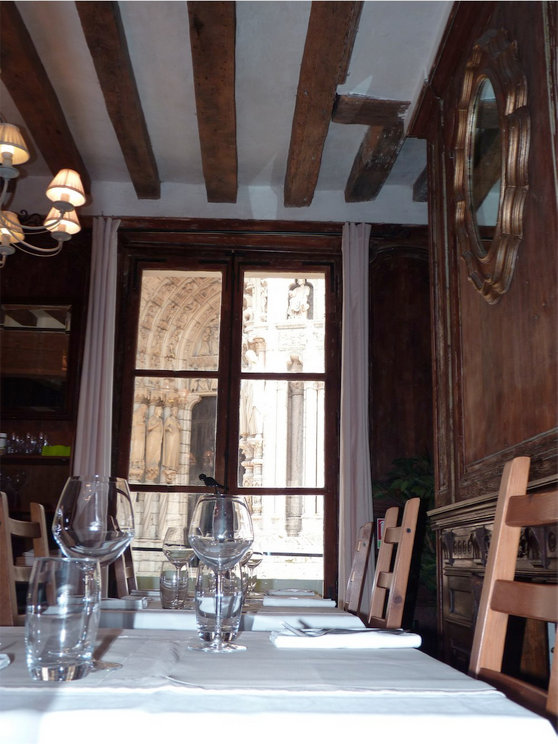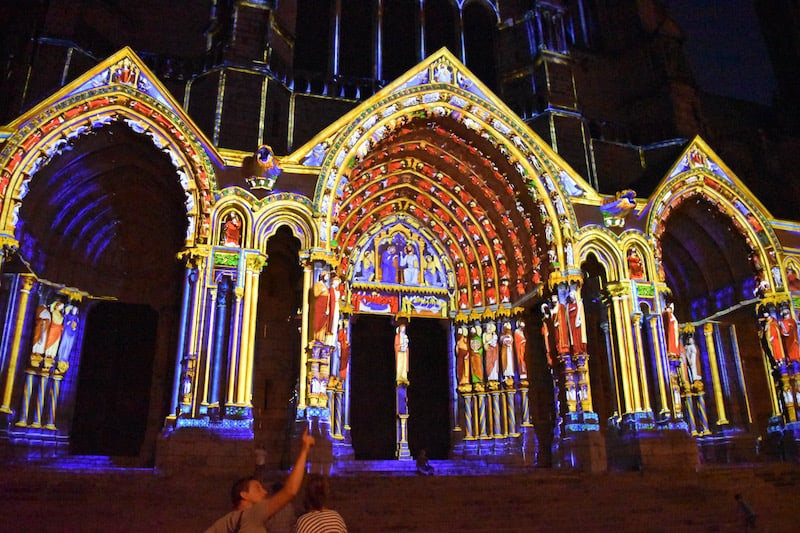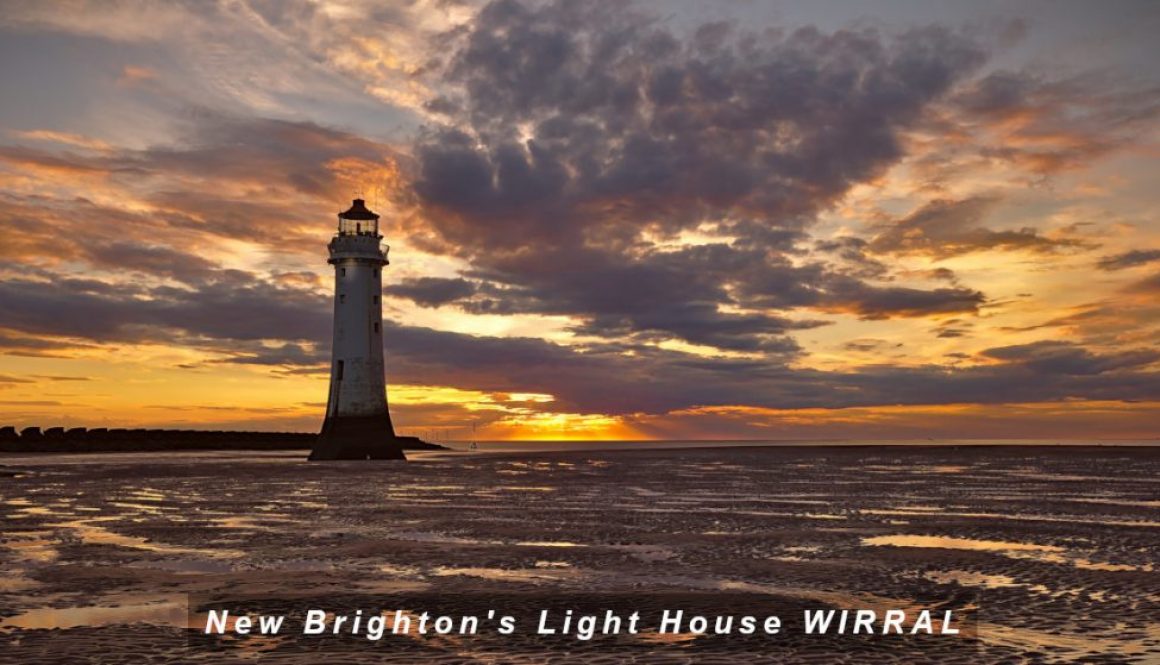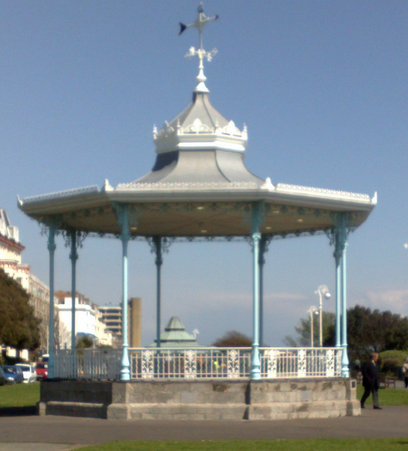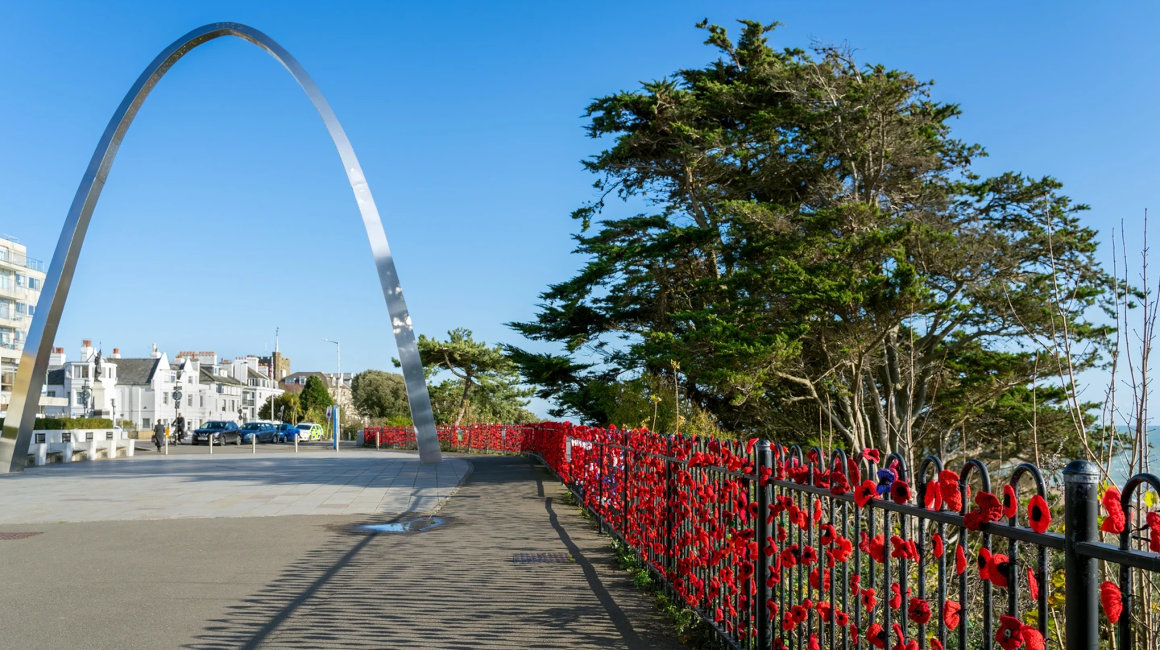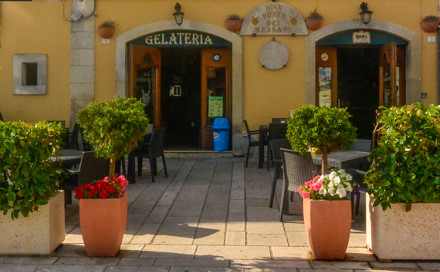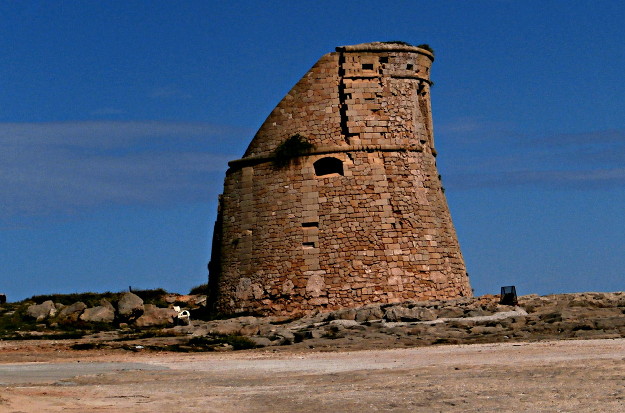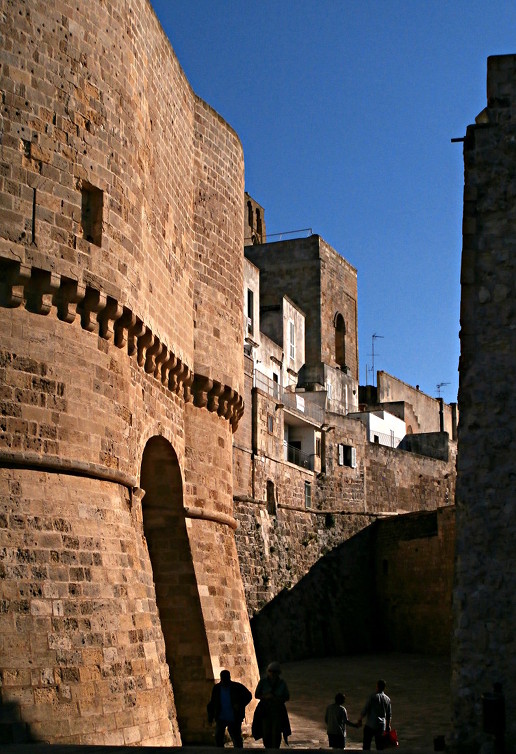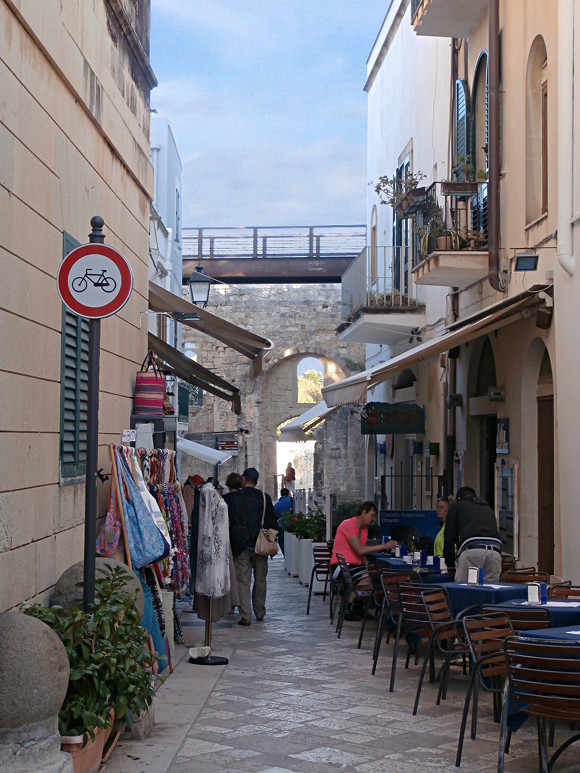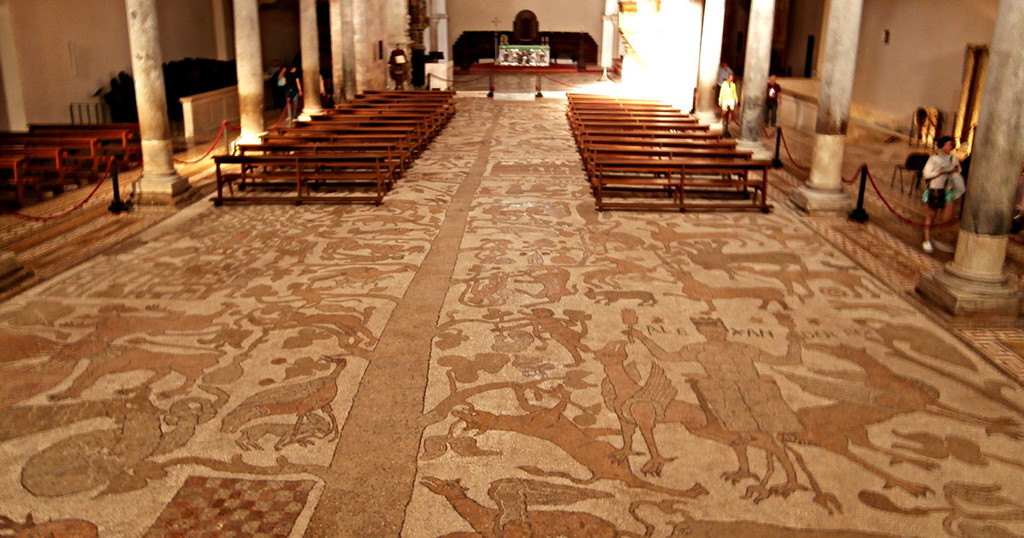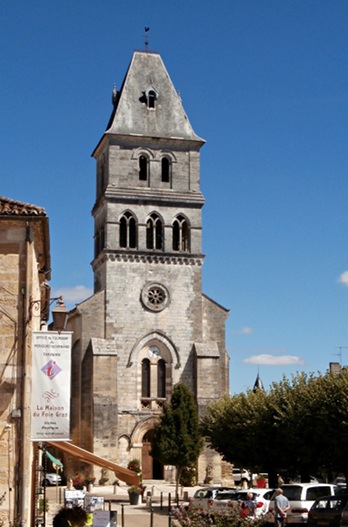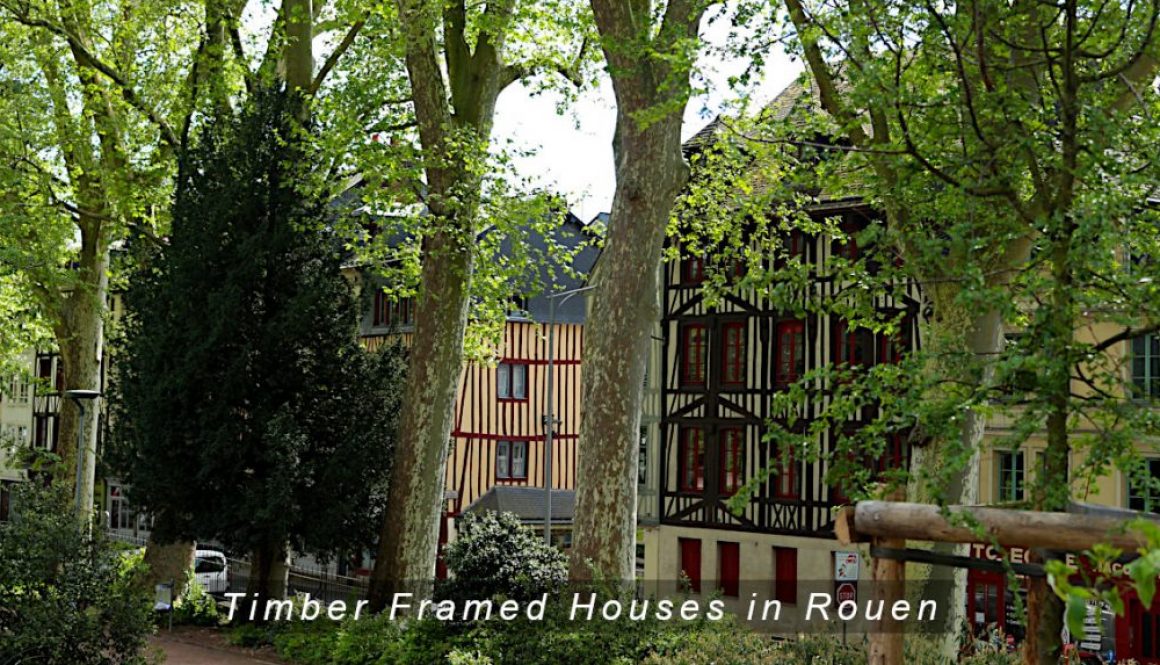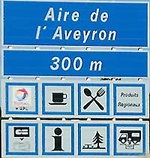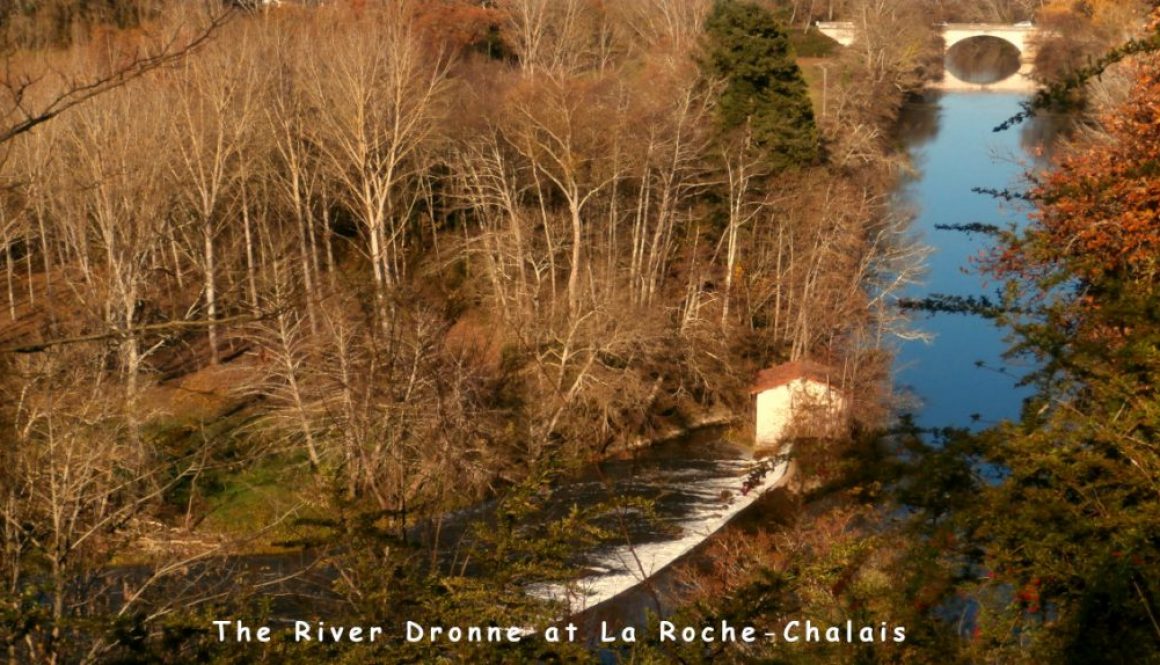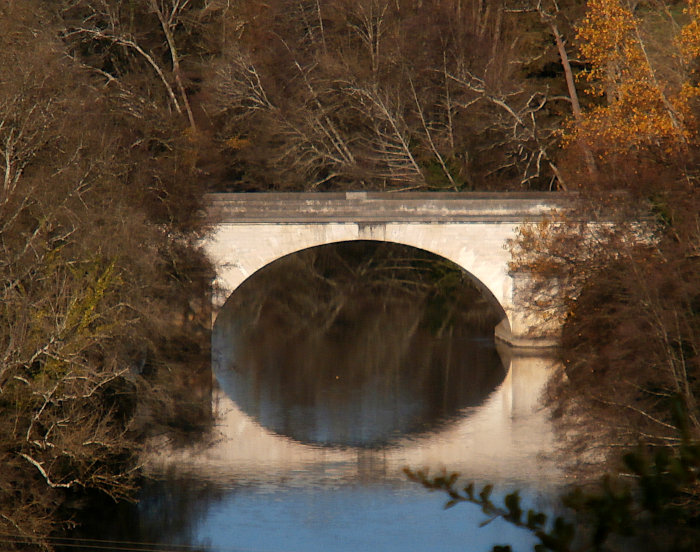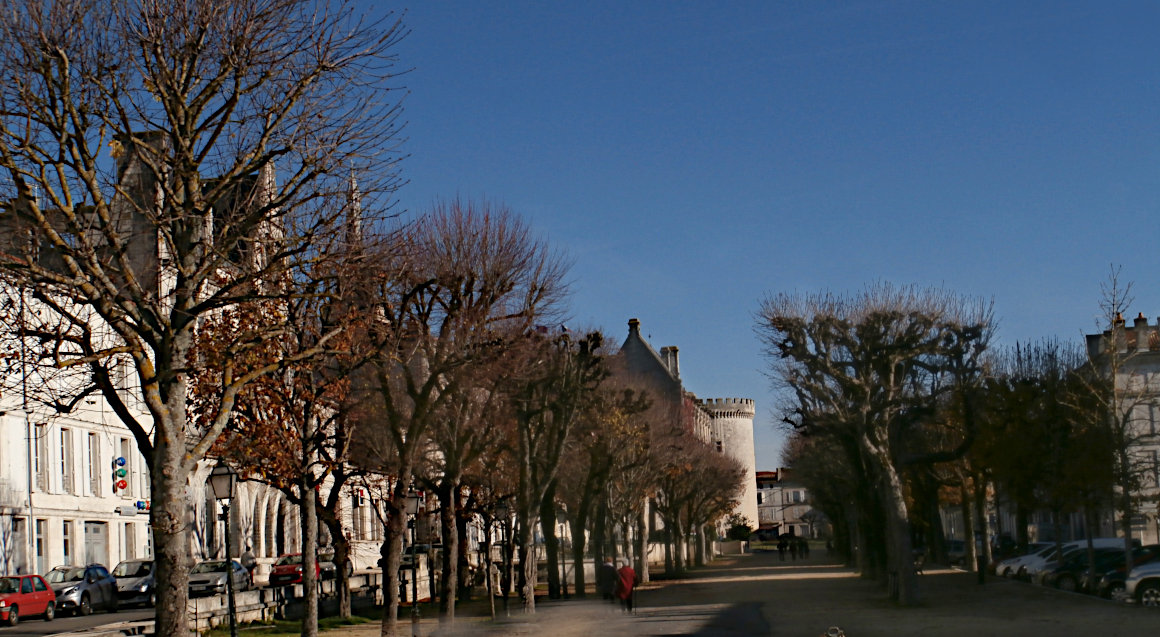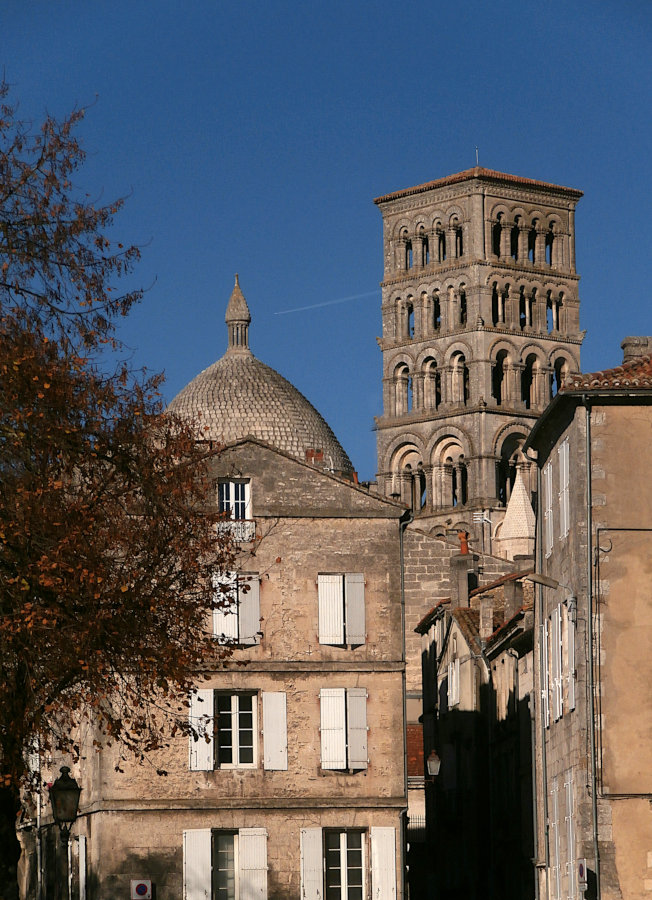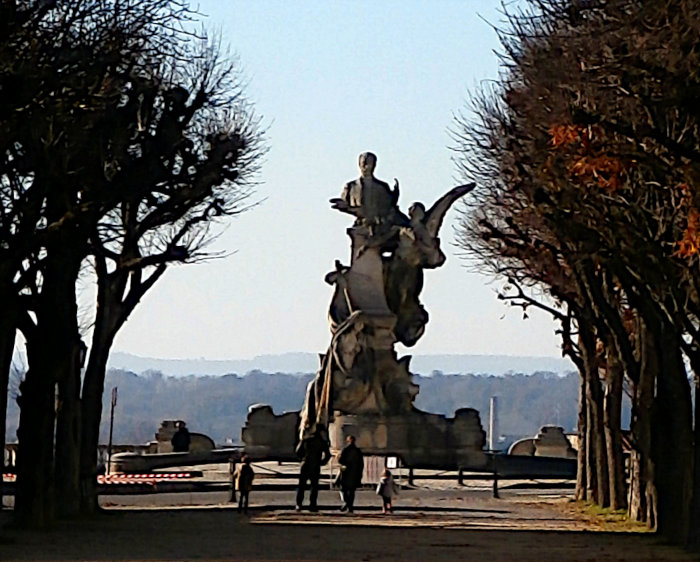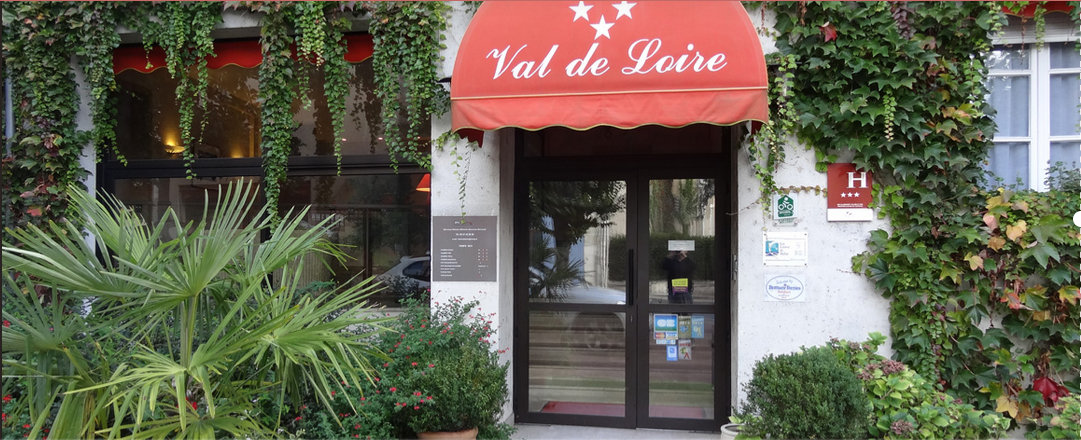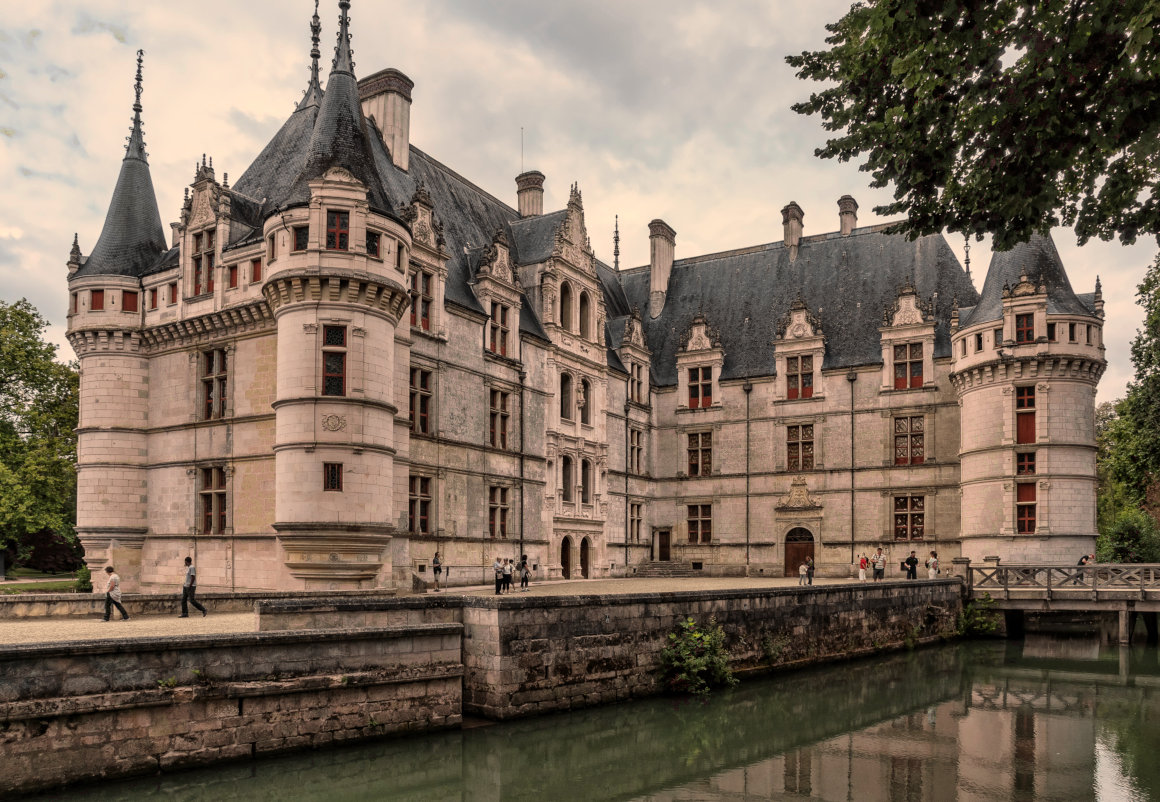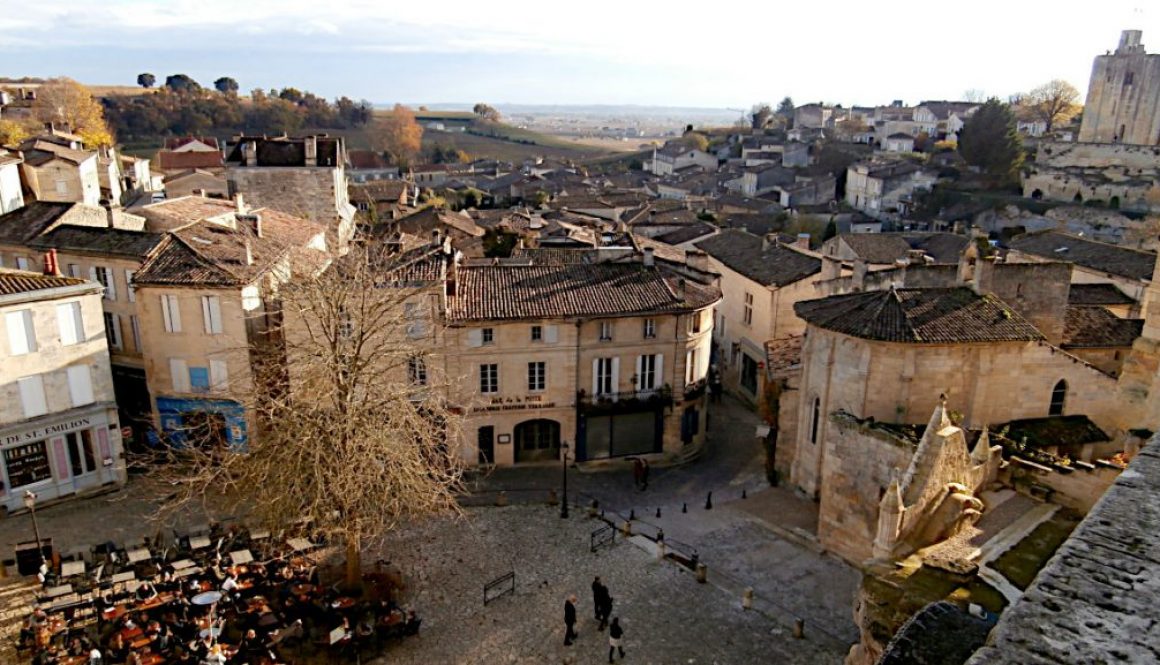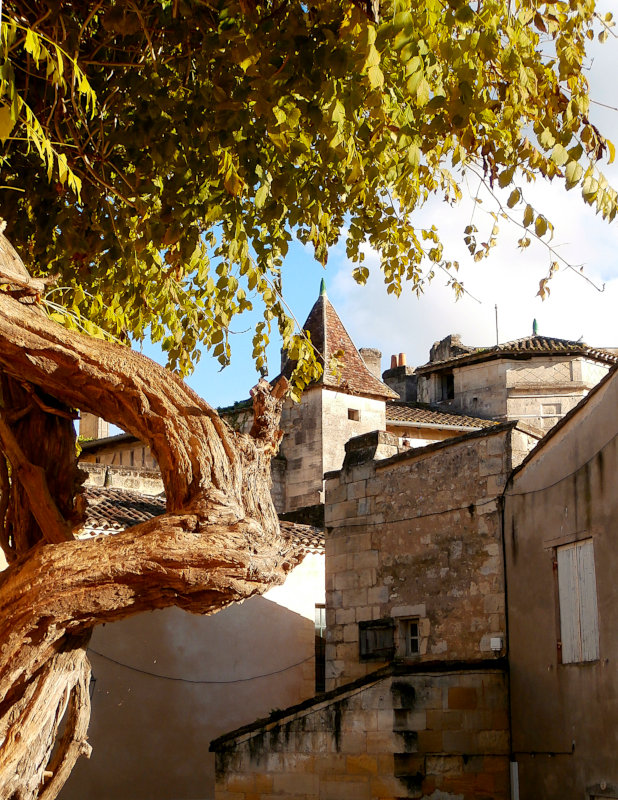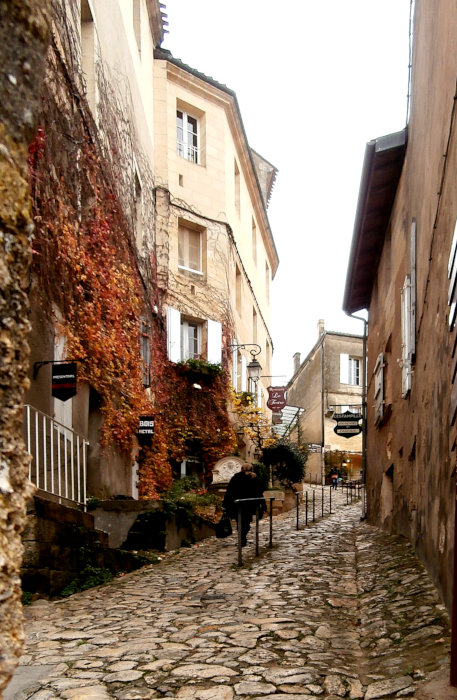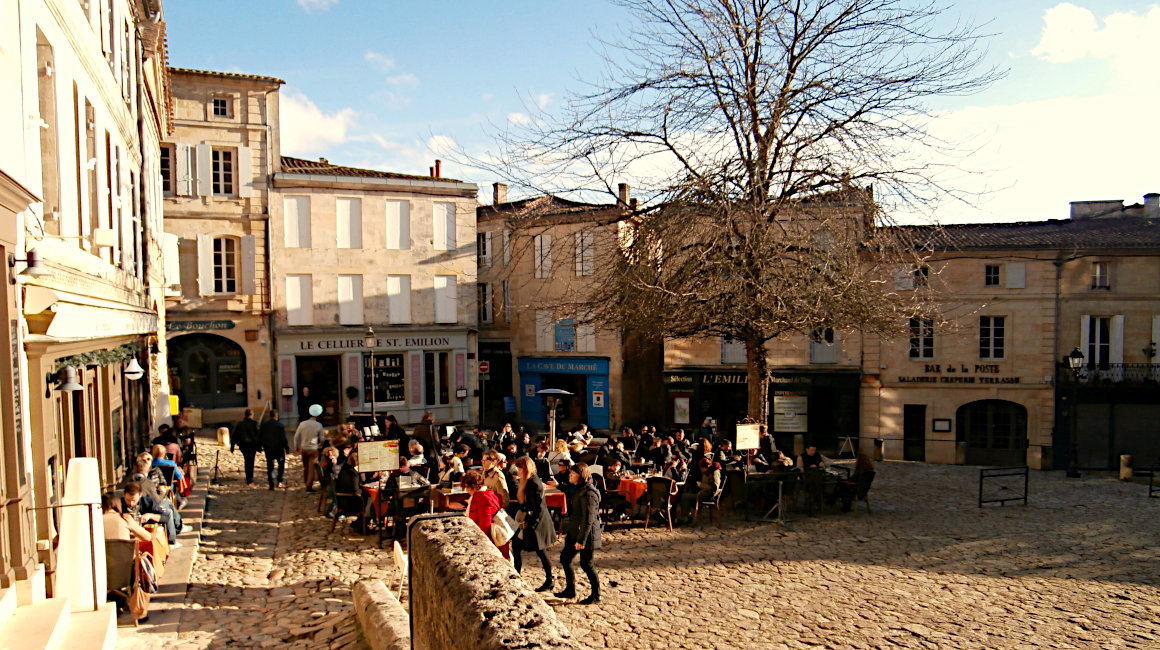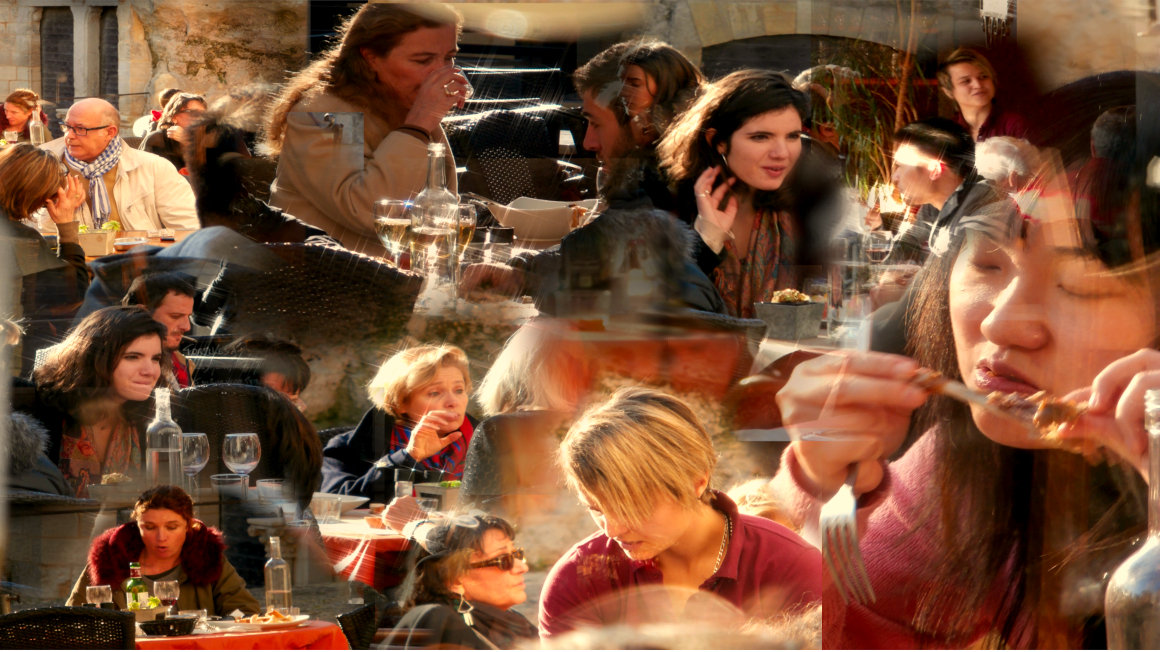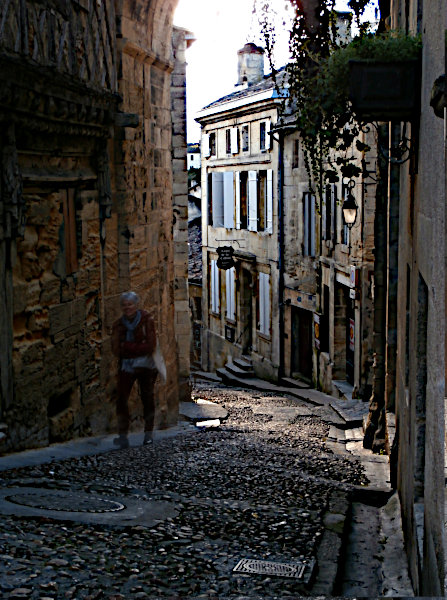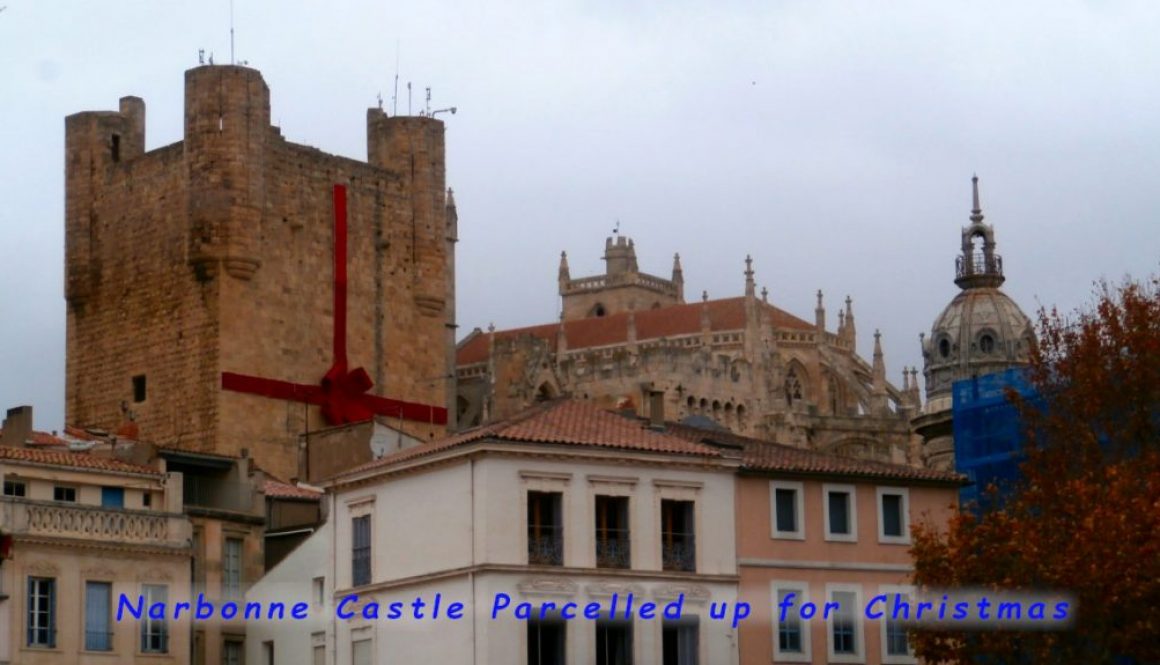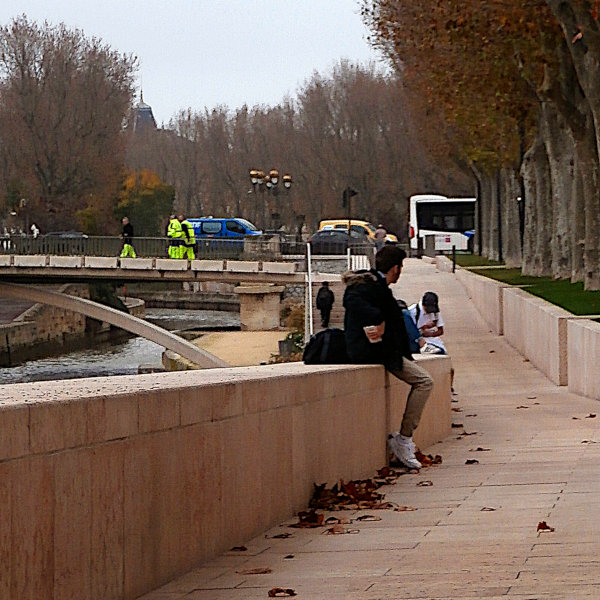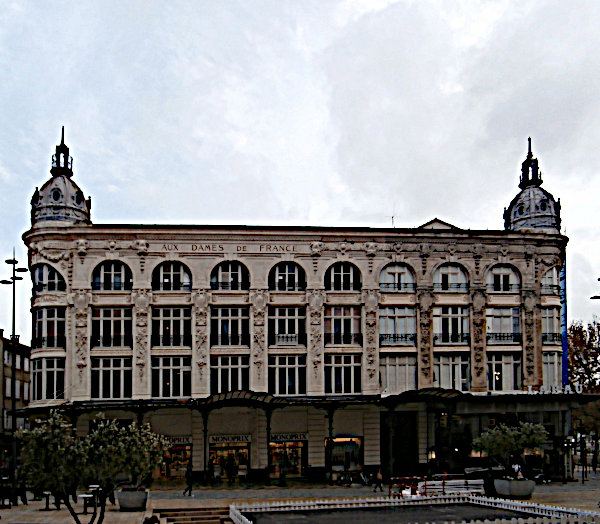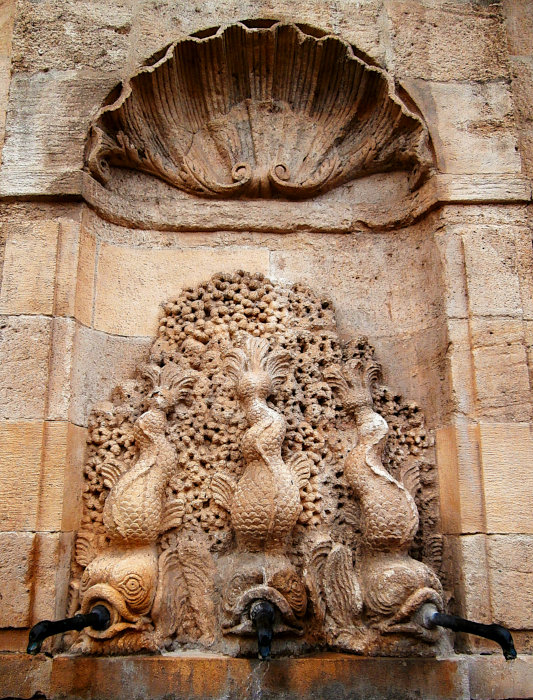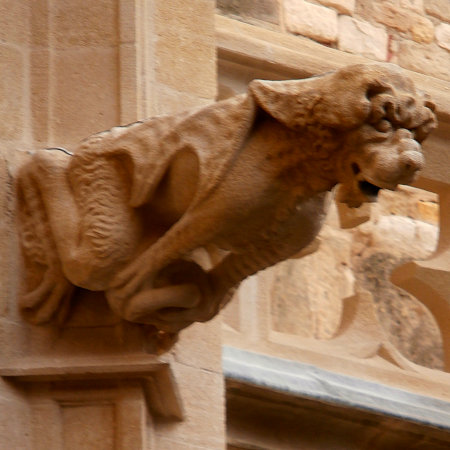LOIRE VALLEY TO BRION PRES THOUET:
Loire Valley is justly famous for its Chateaux, wine, pretty villages and lovely scenery. Unfortunately Graham lost a lot of photos of this trip when he downloaded them and his computer crashed. This area was among them.
BLOIS RIVER ROAD
After our meal we decided to take a little longer, and use the AD152, which snaked alongside the River Loire. However, because we wanted to avoid spending all that time going back to Ligny, we instead we took the D922, which turned into the D917 to Yvoy-le-Marron. This proved to be a very small, but very pretty old village, with the tiniest ‘Mairie’ we had ever seen. Soon we passed at least two grand chateaux by a river. This route took us through some nice scenery and a few more villages until we reached La Ferte-St-Cyr, with its two bridges – the lovely, many-arched old one, leading from the ‘old town’, and a magnificent new one, where the arches soared high above the road.. We turned onto the road to Cruoy-sur-Cosson, which joined the river road along the Loire until we shortly found ourselves looking over to Blois, on the other side of the river.
ON THE LOIRE IS BLOIS – A NAME FROM ENGLISH HISTORY LESSONS
Now Blois was a name I’d often encountered reading the complicated interwoven histories of England and France. The expectation was of a grand city, but looking over, all we could see was what appeared to be a rather large, very grey and huddled town dominated by an enormous cathedral.
GREY BLOIS DID NOT TEMPT US
This edifice is probably very grand, and certainly important historically. At that time in the afternoon it did not tempt us to go on to the bridge and then double back to explore it. No doubt we have sadly misjudged Blois – but there is only so much deviating we were prepared to do in that one day. We chose rather to go off road to pass through Chinon, on another river – the Vienne, and visited all too briefly just once – a long time ago.
CHINON – RICHARD WOZ ERE:
Chinon bears definite marks of the Plantagenets – particularly Richard the Lionheart, who in my schooldays had been given a much better press than he deserved, as he was only ever six months in England. Nevertheless, he was presented to us as a romantic figure!
CHINON CASTLE AS IN THE FILM ‘THE LION IN WINTER’
Also, I hoped to establish whether or not the castle depicted in one of my favourite films – ‘The Lion in Winter,’ was authentic, and if it still survived intact. Happily, it has – although we did not see it on this occasion, as time was pressing. We promised ourselves to return the next day, but as so often during holidays we never did. It still remains to be discovered by us…
The plot of the film relayed the squabbles when Henry11 released his imprisoned wife, Eleanor of Aquitaine to join him and their three remaining sons – Richard, Geoffrey and John, for Christmas celebrations. The hidden agenda was to discuss the division of lands amongst them, and settle on Henry’s successor; who, of course, was Richard. They were a feisty family.
AZAY-LE-RIDEAU – GOOD SMALL HOTEL – CHARMING LITTLE TOWN
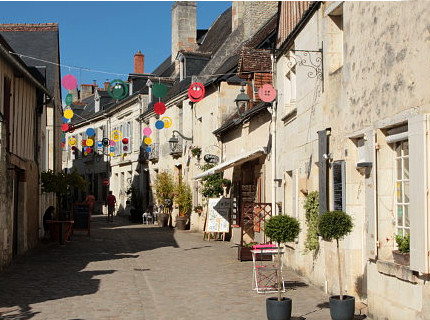
Back on the road we experienced some deja-vu as our road ran straight through Azay-le-Rideau, and glancing up a side street I saw, as expected, the sign of the little hotel where we’d stayed two years before. I tried to alert Graham, but he quickly snapped, “I’m too busy driving to look. What of it?” After all these years I should have known better than to try and distract him.
BRION-PRÈS-THOUET – WE ARRIVE TO A WARM WELCOME:
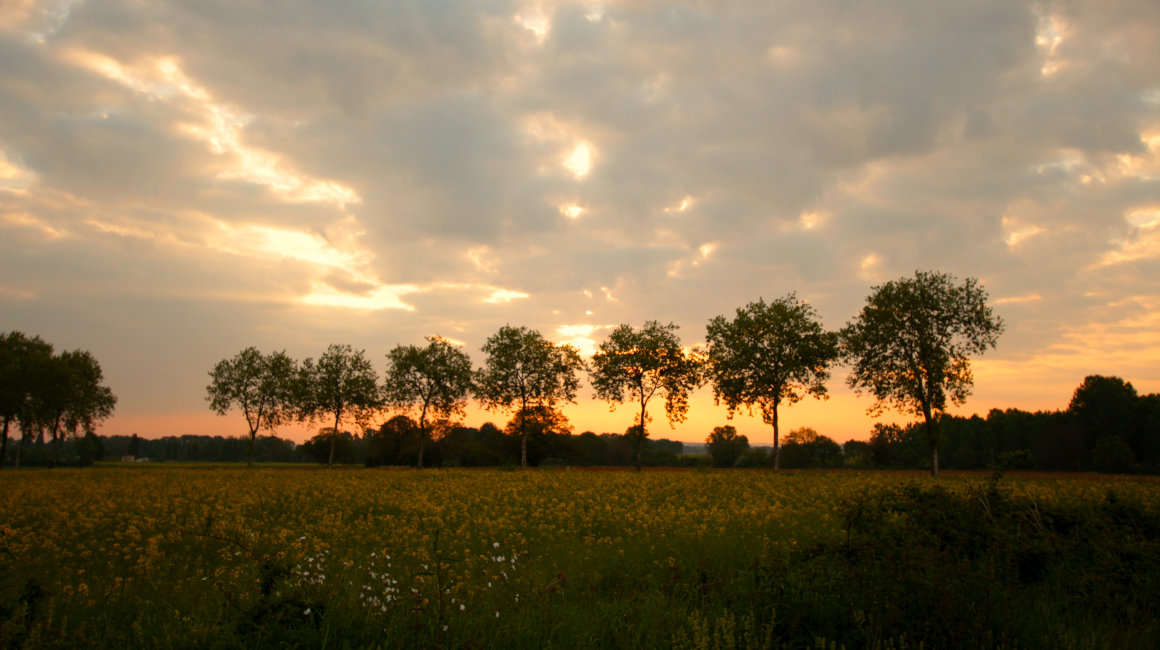
We finally arrived at our destination; Brion-près-Thouet, just as the sun had set. We searched in vain for the street with our B&B, even Miss SatNav was stumped. After asking for help we were given minute instructions by a genial couple out for a stroll. Our ‘street’ was more of a short alley between two buildings – one of which had clearly been empty for years.
Hidden to one side we spotted a pretty little gate in the stone hedge. It led almost straight onto an attractive small house – or large cottage. The frontage was nicely paved and flowers were everywhere.
BRION-PRÈS-THOUET – GLAMOUR QUEEN IN RURAL FRANCE
I rang the bell. The door flew open, held by an exceptionally pretty woman. Though clearly a retiree, she exuded glamour. I wondered if she had been on the stage or in films.
“Yvonne?” I enquired, and to my surprise her assent came in English.
Now, over the years I have learned to book with the natives of any country I am in. British B&B hosts abroad tend, on the whole, to be as greedy as at home; overcharging and often offering mean breakfasts.
Not so here: Yvonne gave the lie to all that.
BRION-PRÈS-THOUET – A REAL ENGLISH ‘CUPPA’
She immediately offered good English tea and little cakes, after which she took us up to one of the two charming guest bedrooms. Both were tastefully decorated in period style, with some very nice ornaments.
Stephen, her husband is a very genial and interesting man. After a distinguished career in South Africa he became Mayor of Lambeth – and in Millenium year, too…
AN UNAVOIDABLE FEATURE:
Yvonne was very apologetic that we had to descend a winding staircase to use the guest shower room, placed at the end of the large and comfortable guest sitting room.
SUPER SHOWER ROOM – LUXURIOUS BEAUTY PRODUCTS
A very attractive and well-designed facility, the shower stall was full of top-of-the range products for body and hair. I delighted in using them all.
STAIRCASE – ELEGANT AND SAFE
The staircase had a very good, sturdy though beautiful banister rail. We would be undisturbed, and hopefully not disturb others, when we needed to use the loo in the night. Really – everything had been thought of to provide for the comfort of their guests, even to those little touches of luxury.
BRION-PRÈS-THOUET – MORE B&B HOSTS BECOME FRIENDS
We soon became friends with these kindly and affable hosts. We certainly hope to return if my health allows. We can confidently recommend – Le Trois Puits, 2 Rue de la Civette, 79290 Brion-près-Thouet, France.
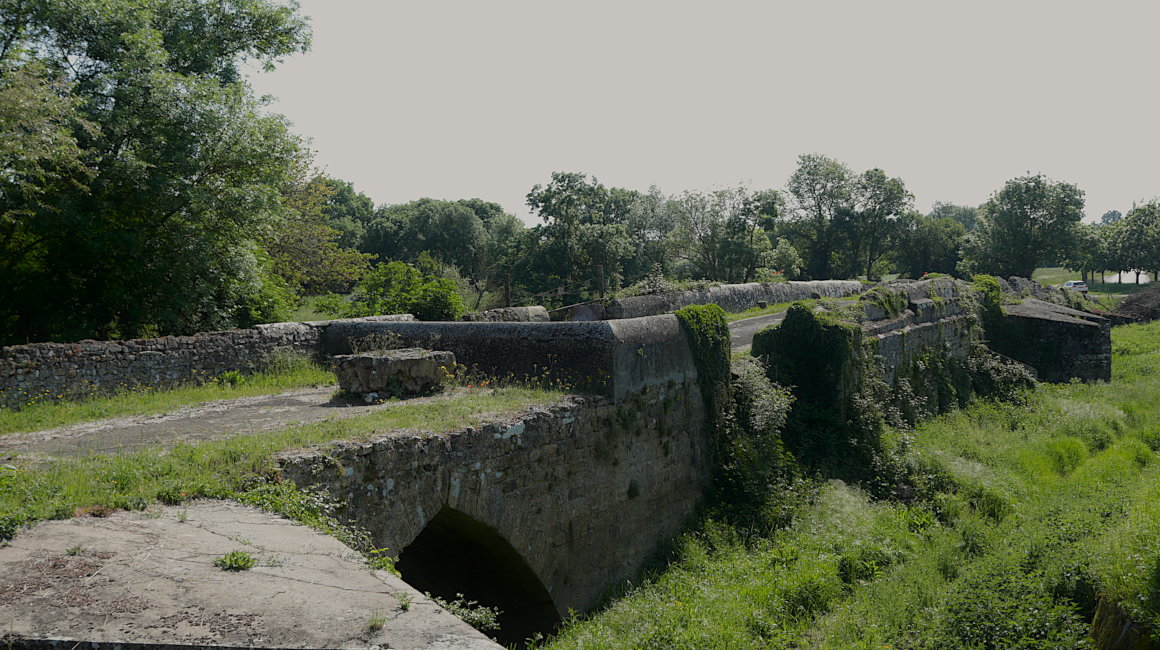
THE HISTORICAL BRIDGE AT TAIZON.
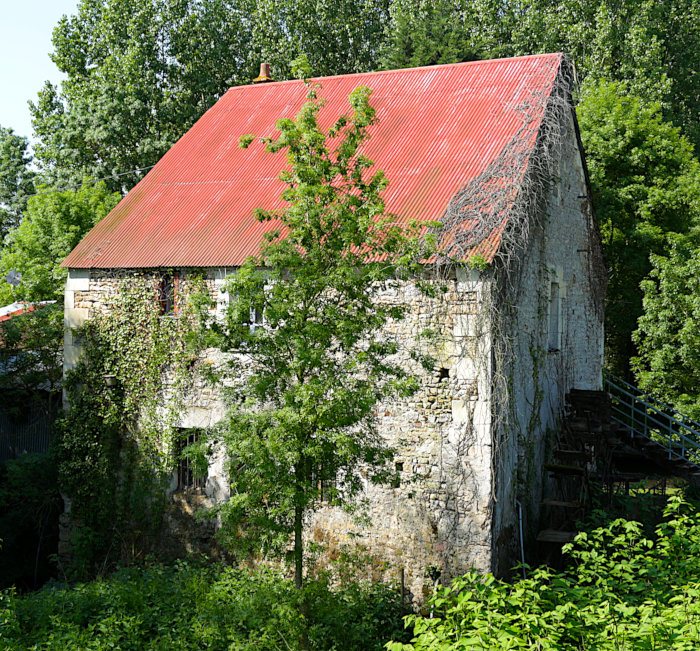
A few miles from Brion-pres-Thouet is the bridge pictured above. It was built in the 13th century to span the river Thouet and was a “tithe” bridge. German troops partially destroyed it in August 1944. It was restored in 1966 but not to carry traffic.
It is characteristic of the area, and the largest medieval bridge preserved in Thouarsais: Registered in the supplementary inventory of Historical Monuments since 1943. Close to this is an old mill.
Text by – Jackie Usher, SWWJ. (aka author Debbie Darkin, & ‘Graham Liverpool’ on Trip Advisor.)
Photographs by – Graham Usher.
![]()

